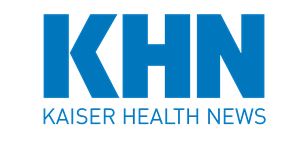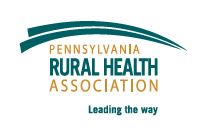
ERIN, Tenn. — Kyle Kopec gets a kick out of leading tours through the run-down hospitals his boss is snapping up, pointing out what he calls relics of poor management left by a revolving door of operators. But there’s a point to exposing their state of disrepair — the company he works for, Braden Health, is buying buildings worth millions of dollars for next to nothing.
At a hospital in this rural community about a 90-minute drive northwest from Nashville, the X-ray machine is beyond repair.
“This system is so old, it’s been using a floppy disk,” said Kopec, 23, marveling at the bendy black square that hardly has enough memory to hold a single digital photo. “I’ve never actually seen a floppy disk in use. I’ve seen them in the Smithsonian.”
Not only is Kopec young, he had limited work experience in hospitals before helping lead a buying spree by Braden Health. His prior work experience includes a three-month stint as an intern in the Trump White House, on assignment through his volunteer position in the U.S. Coast Guard Auxiliary. He worked his way through college at Braden Health’s clinic in Ave Maria, Florida, and became a protégé of Dr. Beau Braden, the company’s founder. Now Kopec’s official title is chief compliance officer, second in command to Braden.
The hospitals Braden Health is taking over sit in one of the worst spots in one of the worst states for rural hospital closures. Tennessee has experienced 16 closures since 2010 — second only to the far more populous state of Texas, which has had at least 21 closures.

 On August 17, 2022, the Pennsylvania Rural Health Association held a webinar on rural health care transformation in Pennsylvania through the PA Rural Health Model, as part of its Special Topics in Rural Health 2022 Webinar Series hosted by Rep. Kathy Rapp (R-PA 65th District) and Sen. Michele Brooks (R-PA 50th District). Gary Zegiestowsky, Chief Executive Officer and Janice Walters, Chief Operating Officer at the Pennsylvania Rural Health Redesign Center discussed how the PA Rural Health Model, through innovation in payment and service, had led to small rural hospital viability and increased community health.
On August 17, 2022, the Pennsylvania Rural Health Association held a webinar on rural health care transformation in Pennsylvania through the PA Rural Health Model, as part of its Special Topics in Rural Health 2022 Webinar Series hosted by Rep. Kathy Rapp (R-PA 65th District) and Sen. Michele Brooks (R-PA 50th District). Gary Zegiestowsky, Chief Executive Officer and Janice Walters, Chief Operating Officer at the Pennsylvania Rural Health Redesign Center discussed how the PA Rural Health Model, through innovation in payment and service, had led to small rural hospital viability and increased community health.